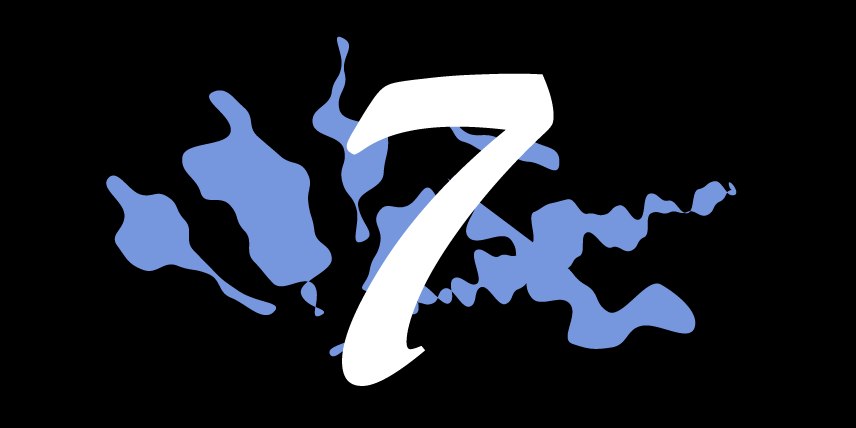symbols
& the 28 mansions
4
The four symbols, which could be translated ‘signs’, are the traditional way of dividing the night sky. Each quadrant then gets subdivided further into seven ‘mansions’ (宿), which is something like a resting place or a temporary lodging, making a total of 28. They are linked to the movement of the moon, so that each mansion is crossed in turn as the moon orbits the earth.
4
symbols
& the 28 mansions
The four symbols, which could be translated ‘signs’, are the traditional way of dividing the night sky. Each quadrant then gets subdivided further into seven ‘mansions’ (宿), which is something like a resting place or a temporary lodging, making a total of 28. They are linked to the movement of the moon, so that each mansion is crossed in turn as the moon orbits the earth.
CULTURAL NOTE
One of the celebrated episodes in the Chinese classic novel Romance of the Three Kingdoms is the Battle of Red Cliff, when military leader Zhou Yu plans to destroy the fleet of the invading Cao Cao by setting an armada of his own boats on fire and sending them up the river. For this to work, he depends on a southeasterly wind. Enter the genius strategist and part-time mystic Zhuge Liang, who takes it upon himself to summon the required breeze. First, he demands an alter to be built on which to perform his incantation. This is set up with 28 flags, seven on each side, representing the cosmological ‘mansions’ shown below, and arranged in the appropriate shape to represent each of the four symbolic beasts. He really goes to town on the symbolism, because a further 64 flags are added around this to represent the various divinatory permutations of the I-Ching.
青龍
qīng lóng
The Azure Dragon
The azure dragon rules the eastern quadrant of the sky and is associated with the season of spring.
7 Mansions of the Azure Dragon: 角 (jiǎo) “horn” | 亢 (kàng) “neck” | 氐 (dī) “root” | 房 (fáng) “room” | 心 (xīn) “heart” | 尾 (wěi) “tail” | 箕 (jī) “winnowing basket”
朱雀
zhū què
The Vermilion Bird
The vermilion bird rules the southern quadrant of the sky and is associated with the season of summer.
7 Mansions of the Vermilion Bird: 斗 (dǒu) “dipper” | 牛 (niú) “ox” | 女 (nǚ) “girl” | 虛 (xū) “emptiness” | 危 (wēi) “rooftop” | 室 (shì) “encampment” | 壁 (bì) “wall”
白虎
bái hǔ
The White Tiger
The white tiger rules the western quadrant of the sky and is associated with the autumn.
That first mansion, chastely translated as ‘leg’ on Wikipedia, is given the meaning of ‘crotch’ in one of my dictionaries, and ‘stride’ in another. Apparently the configuration of sixteen stars is like a person striding. 参 means ‘three’, but in its older form 曑 the link with stars is clearer as it contains three suns (日).
7 Mansions of the White Tiger: 奎 (kuí) “stride” | 婁 (lóu) “empty” | 胃 (wèi) “stomach” | 昴 (mǎo) “-” | 畢 (bì) “net” | 觜 (zī) “hairy horns” | 参 (shēn) “three [stars]”
玄武
xuán wǔ
The Dark Warrior
The dark warrior rules the northern quadrant of the sky and is associated with winter. In calling him the dark warrior, I am following the Eastern Han scholar Xu Shen, but this character is sometimes referred to as the Black Turtle or Black Turtle-Snake, and this is how he is often depicted on artefacts.
7 Mansions of the Dark Warrior: 井 (jǐng) “well” | 鬼 (guǐ) “ghost” | 柳 (liǔ) “willow” | 星 (xīng) “star” | 張 (zhāng) “extended net” | 翼 (yì) “wings” | 軫 (zhěn) “chariot”

